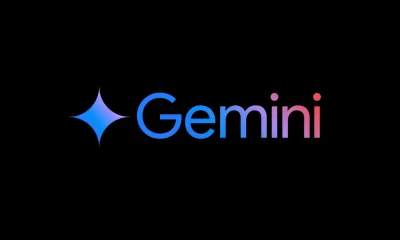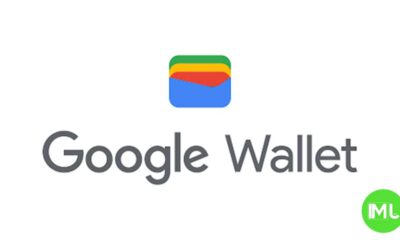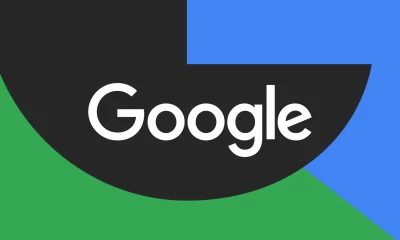Android
Enhanced screen sharing controls in Android 15 QPR1
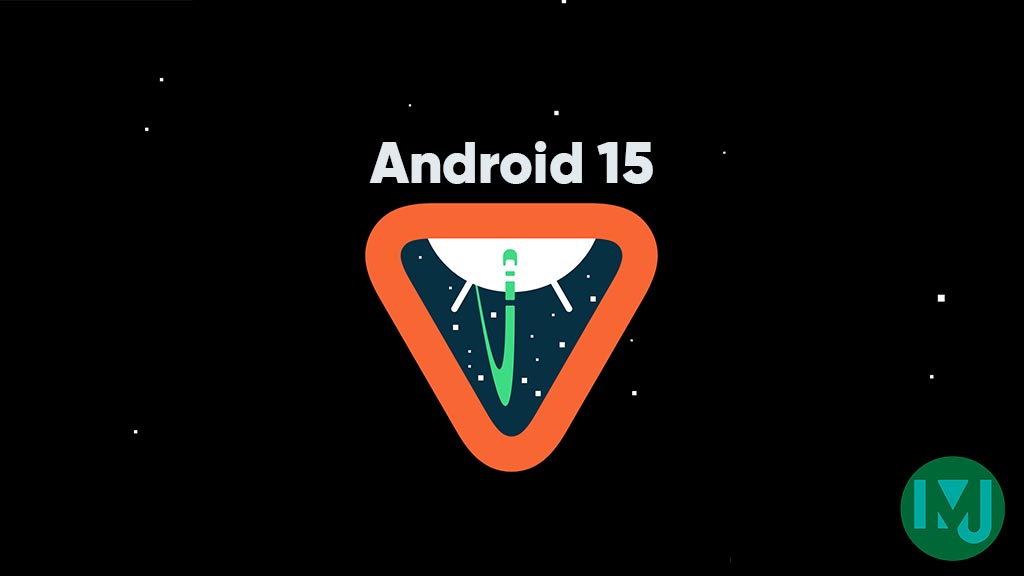
Google continues to improve privacy and security features with its latest updates. In the upcoming Android 15 QPR1 release, the focus is on refining screen recording, building on the improvements introduced in Android 15. One of the key features rolled out in this version is enhanced control over screen sharing. Now, screen recording or casting can be limited to a single app rather than the entire screen. This provides better privacy, especially during screen-sharing sessions where sensitive content might otherwise be exposed.
New Features in Android 15 QPR1
Google is not stopping there. Android 15 QPR1 brings another layer of protection by automatically ending screen-sharing sessions when your phone is locked. This new update ensures that screencasting or recording stops once the device is locked, preventing unintended sharing of your screen in case of accidental locks. Previously, users had to manually stop screen sharing or recording, which sometimes led to privacy issues.
With Android 15 QPR1 Beta 2, the user experience becomes more streamlined. When you start screencasting or recording, the system will show you status bar notifications. These display not only the ongoing session but also how long it’s been active. Tapping on these notifications allows users to stop the recording or casting directly from the status bar, adding another layer of ease and security.
Differentiating System and Third-Party Screen Sharing
Another useful feature in Android 15 QPR1 is the clear distinction between system-initiated and third-party app-initiated screen sharing. When an app starts a screen-sharing session, the system reflects this with distinct icons and descriptions. This is especially handy for users who need to track which apps are accessing screen sharing.
For third-party apps, Android 15 QPR1 introduces automatic termination of screen sharing when the device is locked. This change means that any screen projection initiated by apps will immediately stop once you lock your phone, unlike in previous Android versions where sharing would continue unless stopped manually.
Developer Adjustments for App Compatibility
With these changes, Google advises developers to update their apps to work seamlessly with the new screen-sharing behavior. Developers need to implement a callback function within their apps to handle screen sharing interruptions, ensuring that apps release resources or update their user interfaces when the screen projection stops.
Future Impact of These Changes
Although these updates are significant, they are only available for Pixel devices running Android 15 QPR1 for now. The broader Android user base will have to wait until Android 16 rolls out next year to benefit from these features. Additionally, other upcoming features in Android 15 QPR1, such as a desktop windowing mode and lock screen widgets for tablets, further enhance Android’s functionality, making it clear that Google is continuously improving its operating system with user privacy and usability in mind.
In summary, Android 15 QPR1 takes another step towards a more secure and user-friendly screen recording experience. With the automatic termination of screen shares when locking the device, Android users can now enjoy a more seamless and private experience. This update is a prime example of how Google is focusing on giving users more control over their device’s privacy, making screen sharing safer and smarter.
Android
Android 16 may let you see notifications and settings side by side
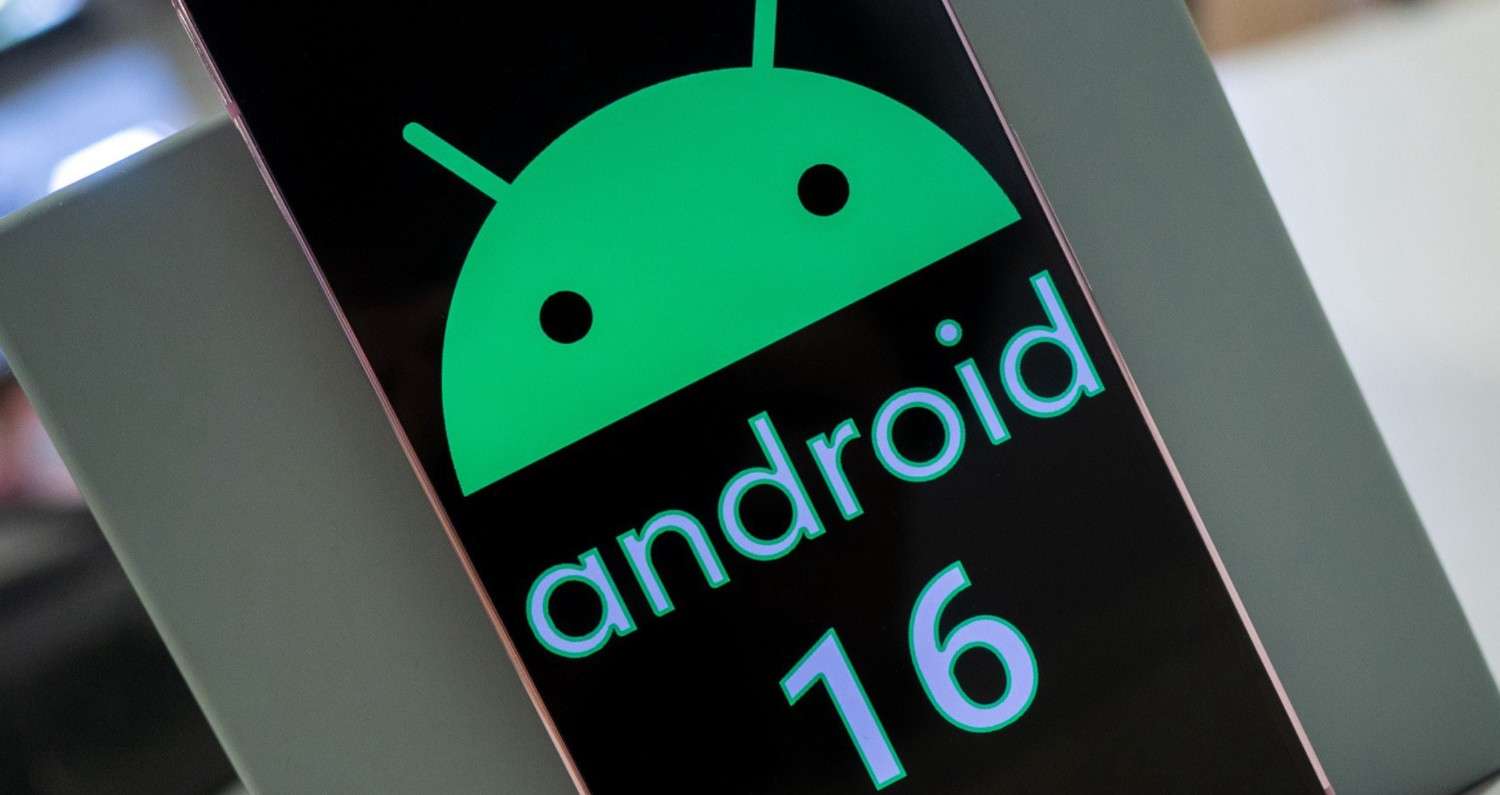
A new leak shows that the next big update to Android, called Android 16, might change how you look at your phone’s alerts and controls. Right now, when you pull down the top of your screen, you see either your notifications or the quick settings panel, but not both at the same time. The leak suggests Android 16 could let you see both together, side by side, when you swipe down from the top.
This new look would be helpful for people who want to check their messages and change settings quickly. It would mean less swiping and more info at a glance. The leak comes from someone who looks at Android’s code and shares new features before they are officially announced. The images in the leak show a split view, with notifications on one side and quick settings on the other.
This idea is still in testing, so it might not make it to the final version of Android 16. But if it does, it could make using your phone a bit easier and faster. The update is expected to come out later this year, and more details will be shared as we get closer to the launch. For now, this leak gives us a peek at what might be coming next for Android phones.
Android
Android Automotive now lets you use video and audio apps more easily
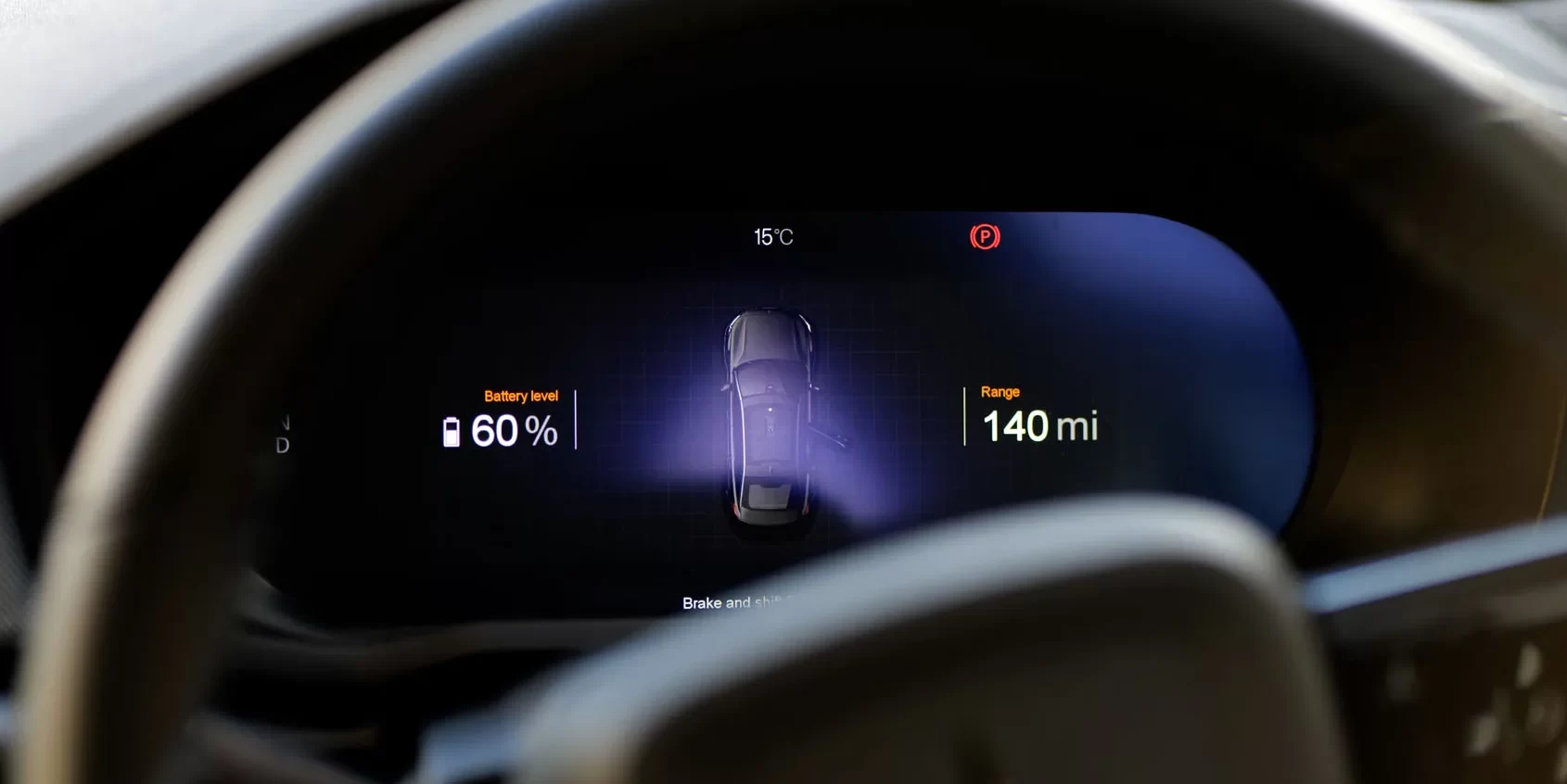
Google has made it easier for people to use video and audio apps in cars that run Android Automotive. Now, car makers can let drivers and passengers use more types of media apps, making car rides more fun and useful.
Before, Android Automotive only allowed certain apps for music, podcasts, and radio. With the new updates, car makers can now add video apps like YouTube and other streaming services. This means you can watch videos when the car is parked, such as while charging an electric vehicle or waiting for someone. Google is also letting more audio apps work in cars, so you can listen to audiobooks, news, and other audio content.
To keep everyone safe, video apps will only work when the car is not moving. Audio apps, on the other hand, can be used while driving, as long as they don’t distract the driver. Google is working closely with car companies to make sure these apps run smoothly and safely.
These changes are part of Google’s plan to make Android Automotive a better system for both drivers and passengers. By adding more ways to enjoy music, videos, and other content, car rides can be more entertaining and comfortable for everyone.
Android
Android Auto gets better music and podcast apps after Google IO 2025
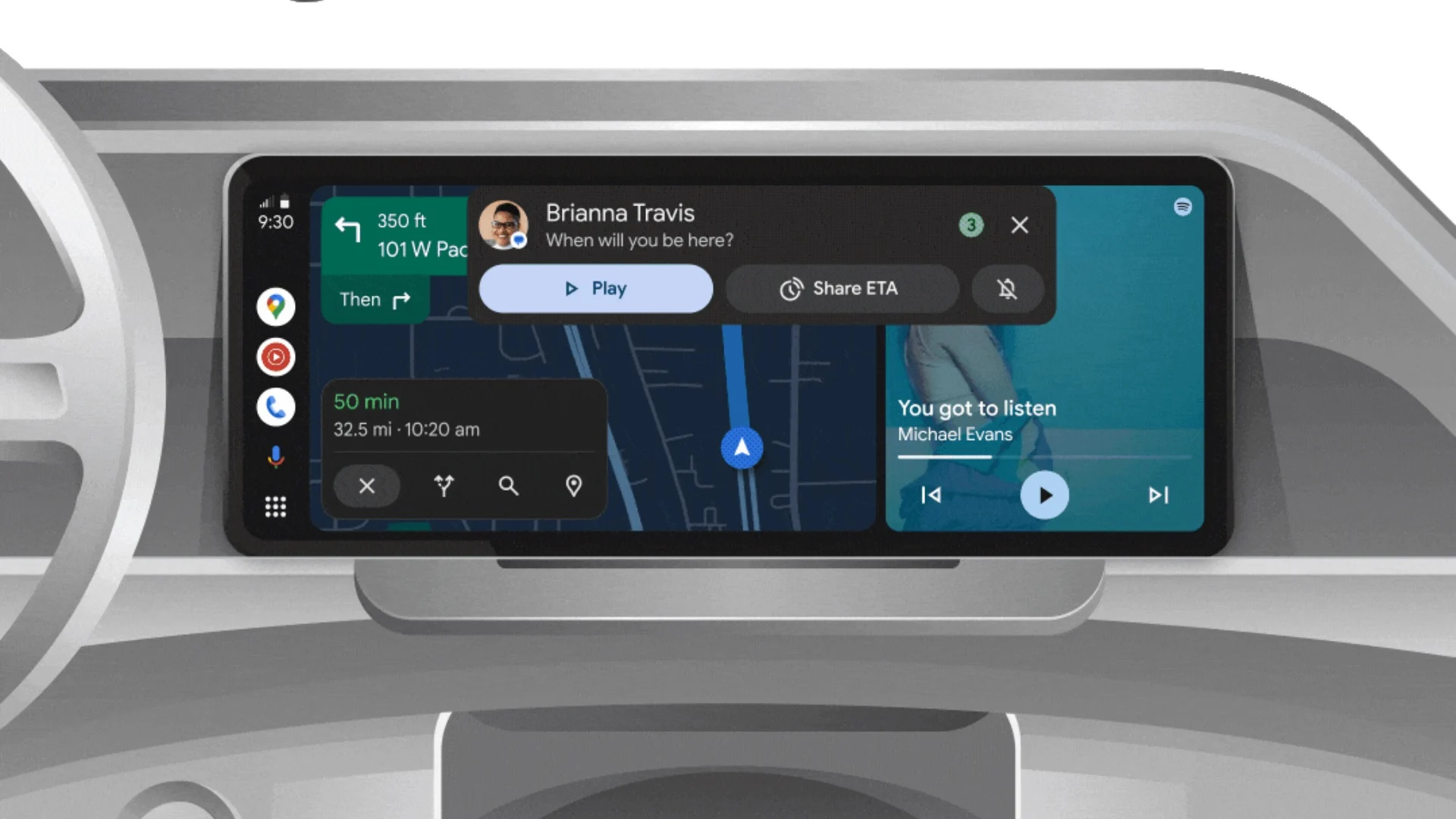
Google recently announced some big improvements to Android Auto at Google I/O 2025, especially for people who use music and podcast apps in their cars. These changes are meant to make it easier and safer to listen to your favorite songs and shows while driving.
Now, media apps on Android Auto will look and work more like the apps on your phone. For example, you’ll see bigger album covers, better controls, and more helpful information on the screen. If you use apps like Spotify, YouTube Music, or Audible, you’ll notice that it’s simpler to find and play what you want.
Another cool update is that Android Auto will now show suggestions for things you might want to listen to next, based on your habits. This means you can spend less time searching and more time enjoying your drive.
Google also made it easier for app developers to update their apps for Android Auto. This should mean more apps get these new features soon.
Overall, these updates are designed to make listening to music and podcasts in your car smoother and more enjoyable, so you can focus on the road and have a better driving experience.
-
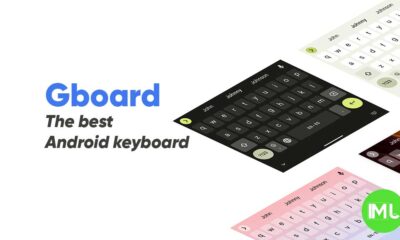
 Apps1 year ago
Apps1 year agoGboard Proofread feature will support selected text
-
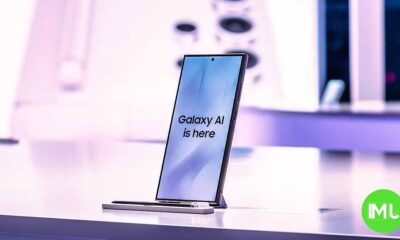
 News1 year ago
News1 year agoSamsung USA crafting One UI 6.1.1
-

 News1 year ago
News1 year agoBreaking: Samsung Galaxy S22 may get Galaxy AI features
-
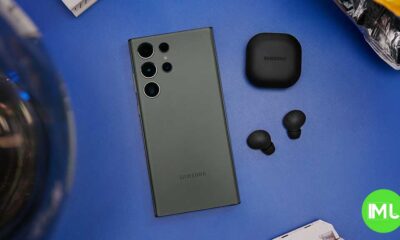
 News1 year ago
News1 year agoSamsung Galaxy S23 Ultra with One UI 6.1 and all S24 AI features revealed
-

 News1 year ago
News1 year agoOne UI 6.1 Auracast (Bluetooth LE Audio) feature coming to many Samsung phones
-

 Apps11 months ago
Apps11 months agoGoogle Contacts app testing new Besties Widget
-
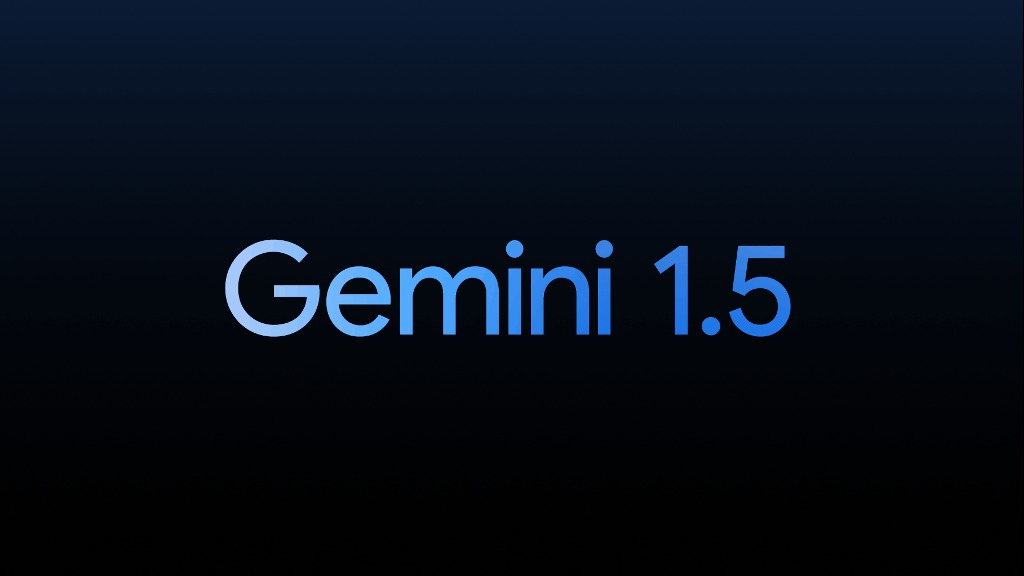
 AI11 months ago
AI11 months agoGoogle Pixel 9 Pro may come with a complimentary one-year Gemini Advanced subscription
-
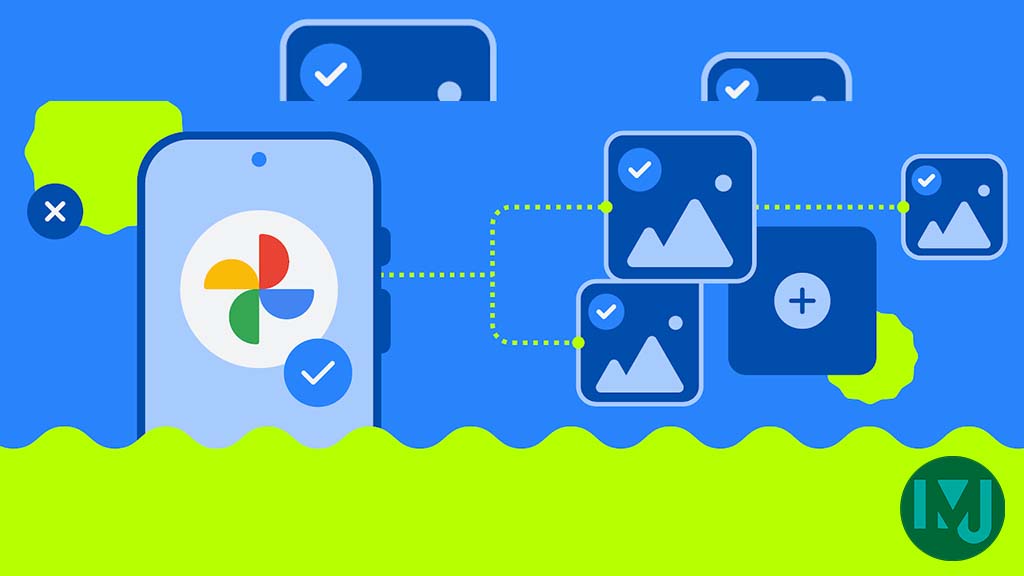
 Apps11 months ago
Apps11 months agoGoogle working on a new video editing feature for its Photo app

